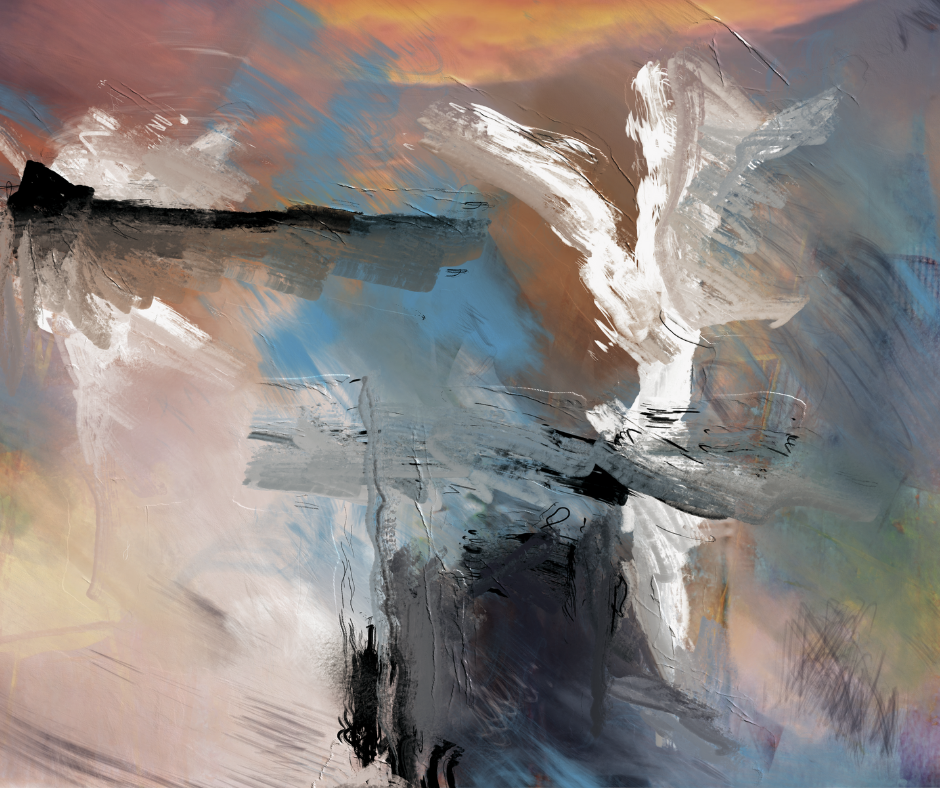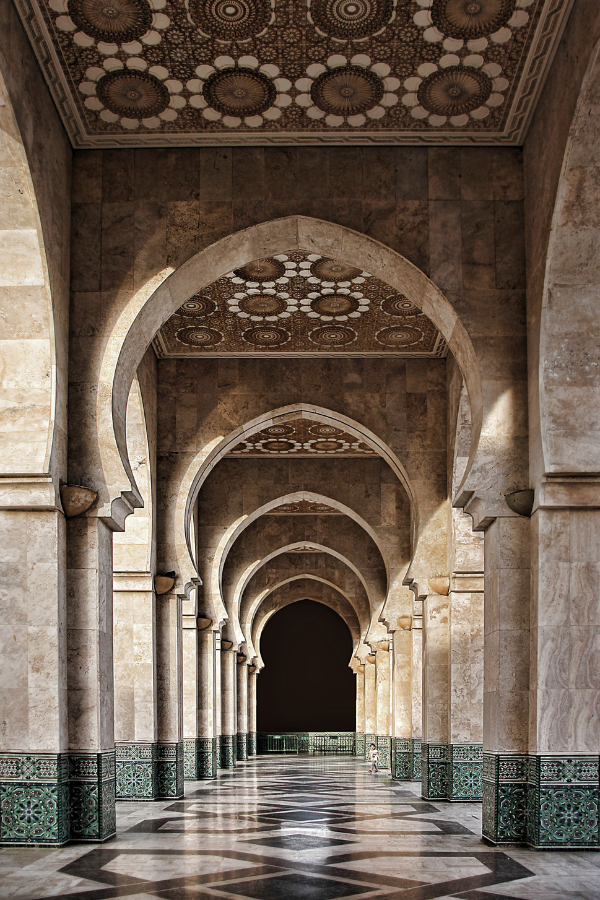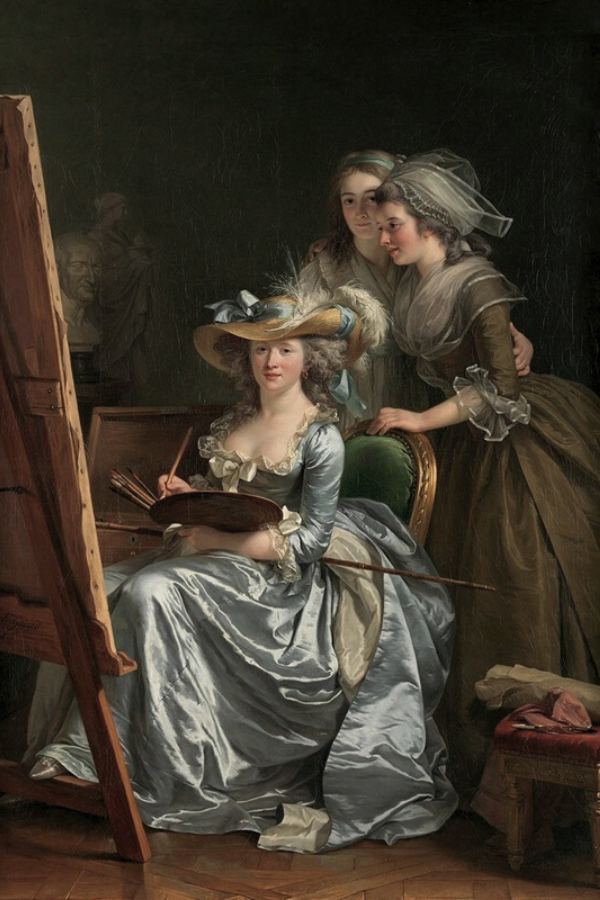
Linda Nochlin: Her Life, Writings, and Pioneering Work in Feminist Art History
Summary
Reflection Questions
Journal Prompt
Linda Nochlin was a renowned art historian, particularly celebrated for contributions that reshaped the understanding and critique of art through a feminist lens. Her seminal work, epitomized by the provocative inquiry, “Why Have There Been No Great Women Artists?”, not only challenged the established narratives of art history but also instigated a crucial discourse on the underrepresentation and recognition of women in art. In this article, we explore the depth and breadth of Nochlin’s impact, delving into how her critical questioning paved new pathways for feminist perspectives in the traditionally male-dominated field of art history.
Linda Nochlin’s Early Life and Education
Linda Nochlin, born Linda Weinberg in 1931, grew up in Brooklyn, New York. Her upbringing in a Jewish family was marked by an environment that fostered intellectual curiosity and a strong emphasis on education.
This nurturing background played a pivotal role in shaping her later pursuits in art history. Her family’s support and encouragement were instrumental in her early exposure to the arts, with frequent visits to museums and galleries being a regular part of her childhood. These experiences laid the foundation for her profound connection with art, which would later evolve into a groundbreaking career.
Her Educational Journey and Key Early Influences
Nochlin’s academic journey began at Vassar College, where she pursued an undergraduate degree in Philosophy with a minor in Greek and Roman Studies. Her time at Vassar was transformative, introducing her to critical thinking and analysis, skills that would become central to her later work.
After Vassar, she attended Columbia University, where she earned a master’s degree in English. However, it was at the Institute of Fine Arts, New York University, where Nochlin found her true calling. Here, she completed her Ph.D. in Art History, a field that enabled her to amalgamate her love for art, critical inquiry, and cultural analysis.
Her educational path was marked by influential mentors and thinkers who shaped her approach to art history. Among these, Professor Meyer Schapiro at Columbia University stood out, encouraging her to question traditional art historical methods and to consider broader cultural and social contexts.
This academic environment, rich in critical discourse and diverse perspectives, was crucial in developing Nochlin’s approach to art history, which would later revolutionize the field.
An Introduction to Her Academic and Professional Career
Linda Nochlin’s academic and teaching career was marked by a steadfast commitment to exploring and redefining art history as well as representing women in the arts. After completing her Ph.D., she embarked on a journey that would see her become one of the most influential art historians of her time. Nochlin began her teaching career at Vassar College, the very institution where her academic journey had commenced. Her tenure at Vassar was a period of significant scholarly growth, during which she started to develop her critical perspectives on art history.
Her Roles at Various Academic Institutions and Impact on Students and Colleagues
Nochlin’s career trajectory led her to various esteemed institutions, each marking a pivotal stage in her professional development. After Vassar, she taught at the Graduate Center of the City University of New York, where her influence expanded to a broader range of students and colleagues.
Her approach to teaching was characterized by an emphasis on critical thinking and a challenge to conventional narratives, which left a lasting impression on her students. Her role at Yale University, where she served as a Professor of Modern Art, solidified her standing as a leading figure in the field.
At each of these institutions, Nochlin fostered a stimulating environment that encouraged intellectual rigor and the questioning of established art historical norms.
Her Emergence as an Incredibly Important Feminist Art Historian
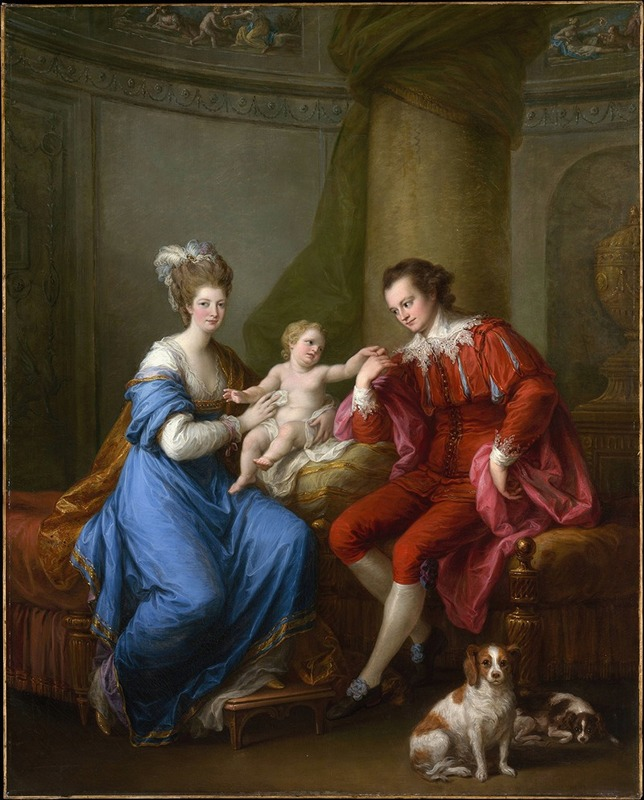
It was in the early 1970s that Nochlin’s role as a feminist art historian began to crystallize. Her landmark essay, “Why Have There Been No Great Women Artists?”, published in 1971, catapulted her to the forefront of feminist art history. This work not only challenged the status quo of the art historical narrative but also laid the groundwork for a new, inclusive approach to the field.
Her feminist perspective was not merely an addendum to her scholarly work; it was a fundamental rethinking of how art history was written and taught. Through her critical analysis, Nochlin exposed the systemic barriers that prevented women from achieving the same recognition as their male counterparts in the art world. Her contributions in this area were instrumental in opening up new avenues of research and discourse, fundamentally altering the landscape of art history.
Nochlin’s Multifaceted Mission as an Art Historian
Linda Nochlin’s mission, as reflected through her extensive body of work and her influence in the field of art history, was multifaceted.
Reexamining Art History Through a Feminist Lens: Nochlin sought to challenge and revise the traditional narratives of art history, which had predominantly focused on male artists and often excluded or minimized the contributions of women. She aimed to bring to light the systemic barriers that prevented women from being recognized as great artists and criticized the very nature of the institutions that locked out these amazing female artists.
Questioning Established Norms and Methodologies: A key part of Nochlin’s mission was to interrogate the methodologies and criteria used in art history. She questioned the concept of artistic genius and the structures that defined it, arguing that these were deeply influenced by gender biases. She didn’t entirely reject the concept, but argued that its definition was biased against anyone outside the traditional, privileged, white male category.
Promoting Gender Equity in Art and Academia: Nochlin aimed to promote a more inclusive and equitable view of art history, one that recognized and valued the contributions of women artists. She wanted to ensure that future generations of art historians, critics, and artists would not overlook or undervalue these contributions. Nochlin served on the IFAR’s Art Advisory Council in addition to her work in academia.
Fostering Critical Thinking and Scholarship: Beyond her focus on gender, Nochlin encouraged a more critical, culturally aware, and socially informed approach to studying art. Her work advocated for an art historical practice that took into account various social, political, and cultural contexts.
Inspiring Future Generations: Nochlin’s mission extended to inspiring and influencing future generations of scholars, artists, and critics. She aimed to open up new paths of inquiry and encourage others to challenge and expand upon her work.
Linda Nochlin’s mission was to redefine and broaden the scope of art history, incorporating a feminist perspective that challenged existing narratives and promoted a more inclusive, critical, and socially conscious approach to the study of art and its history.
Major Works and Publications
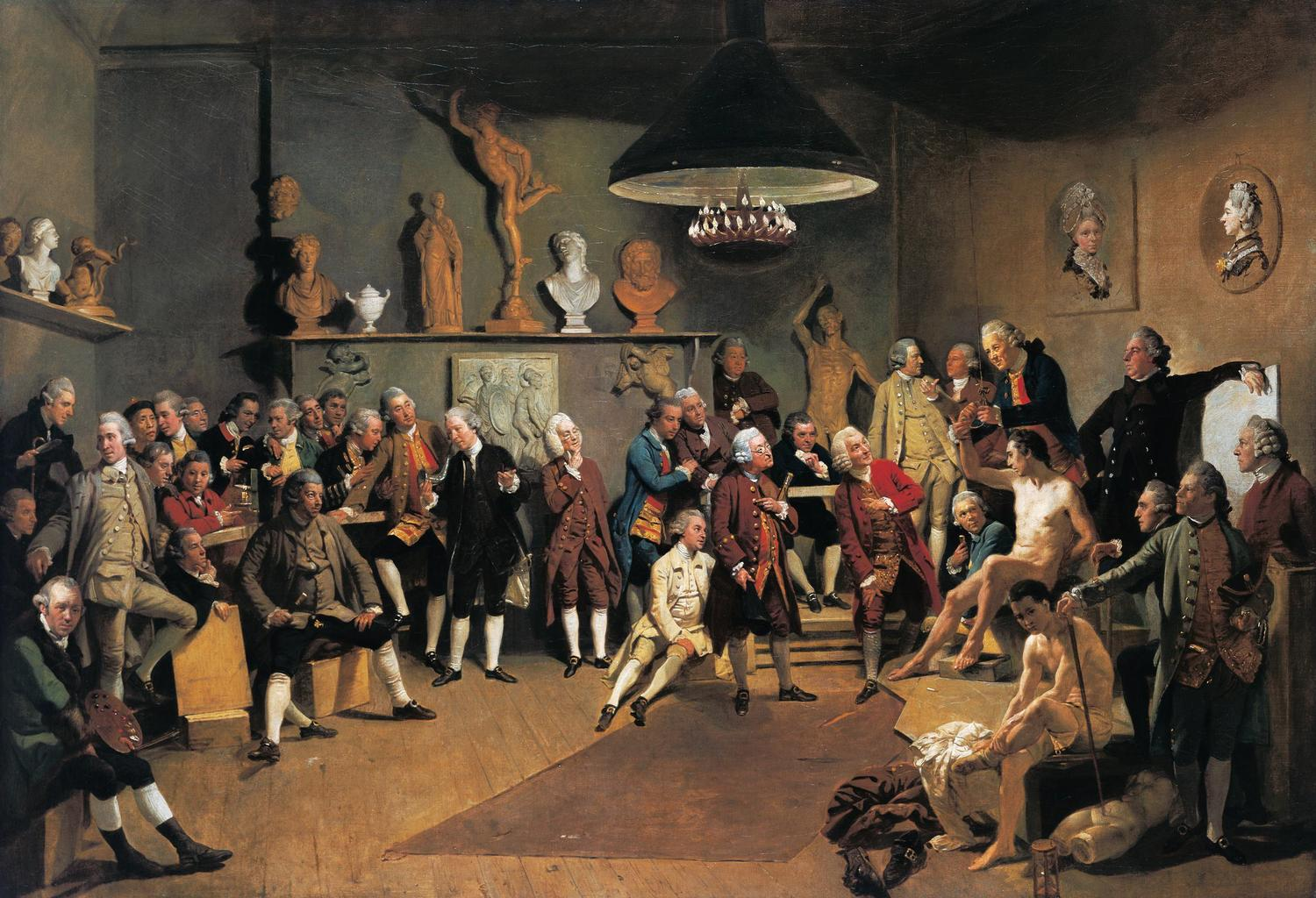
Linda Nochlin’s bibliography is a testament to her profound impact on art history and feminist theory. Her writings span a wide range of topics, from nineteenth-century art to restrictive art academies of that time to contemporary art and the ongoing exclusion of American women artists active in this space, all imbued with her incisive critical perspective.
Among her notable works are “Realism” (1971), a seminal text that reevaluated the Realist movement in art history, and “The Body in Pieces: The Fragment as a Metaphor of Modernity” (1994), which explored the fragmentation of the body in modern art as a reflection of societal changes. Nochlin’s essays and articles, published in various academic journals and books, consistently challenged traditional methodologies and brought fresh insights to the study of art.
Discussion of Her Most Impactful Essays and Books
The centerpiece of Nochlin’s oeuvre is undoubtedly her 1971 essay, “Why Have There Been No Great Women Artists?” This groundbreaking work posed a provocative question that challenged the very foundations of art history.
In it, Nochlin argued that the lack of “great” women artists was not due to a lack of talent, but rather the result of institutional barriers and societal norms that denied women the same opportunities as men. This essay was pivotal in shaping feminist art history, encouraging a reevaluation of how art history is written and taught.
“The question ‘Why have there been no great women artists?’ is simply the top tenth of an iceberg of misinterpretation and misconception; beneath lies a vast dark bulk of shaky idées reçues.”
Linda Nochlin, Why Have There Been No Great Women Artists?
Nochlin did not stop at merely posing the question; she delved into the socio-cultural reasons behind this gender disparity in art. She critiqued the educational system, the patronage system, and the societal expectations that hindered women from pursuing careers as artists. This essay resonated widely and sparked a broader discussion about gender and inequality in the art world and beyond.
It remains a key text in art history curricula and feminist studies, continuing to inspire new generations of scholars and artists. Through this and her other writings, Nochlin demonstrated an unwavering commitment to unveiling the biases embedded in art history and advocating for a more inclusive understanding of art and its creators.
‘Why Have There Been No Great Women Artists?’
Examination of the Book’s Main Themes and Arguments
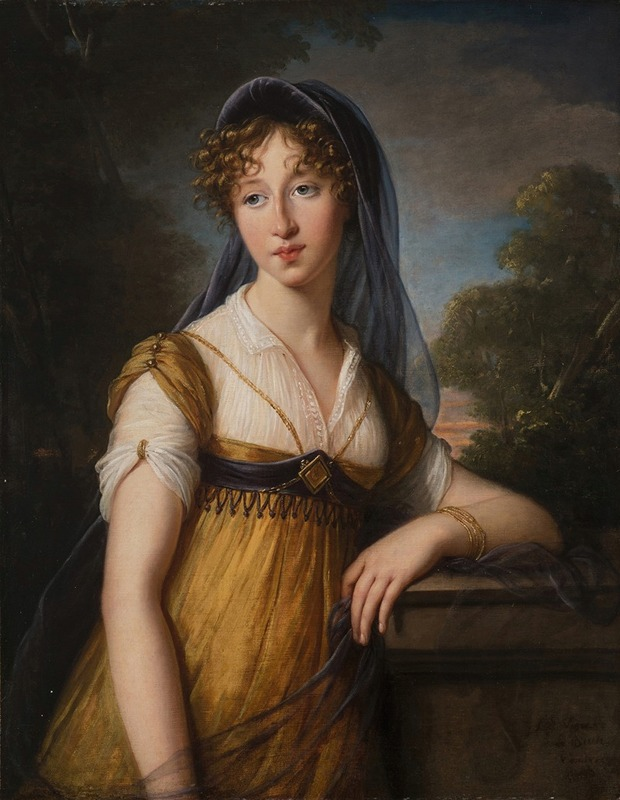
In “Why Have There Been No Great Women Artists?”, Linda Nochlin scrutinizes the systemic biases that have shaped art history. Central to her argument is the rejection of the notion that women are inherently less capable of artistic genius. Instead, Nochlin points to the social and institutional barriers that have historically hindered women’s access to artistic training and opportunities. She dismantles the myth of the solitary male genius and questions the criteria by which artistic greatness is judged, revealing these standards as deeply gendered and exclusionary.
Nochlin also explores the educational and professional avenues available to artists, highlighting how women were systematically excluded from formal training, particularly from life drawing classes, which were crucial for artistic development. Furthermore, she addresses the social expectations placed on women, which often relegated them to the roles of muses or subjects rather than creators.
The Book’s Impact on Feminist Art History and Critique of Traditional Methodologies
Nochlin’s essay was a catalyst in the field of art history, ushering in a new era of feminist critique. It compelled scholars to reevaluate the narrative of art history from a gender-inclusive perspective, particularly art from the 19th century. Her work encouraged a more critical examination of the canon of art history, leading to the rediscovery and reevaluation of female artists who had been marginalized or forgotten.
This shift also prompted a methodological change in how art history was researched and taught. Nochlin’s approach was not just about adding women into the existing narrative but about questioning and reshaping the narrative itself. Her critique of traditional methodologies highlighted the need for a more comprehensive and inclusive approach to art historical scholarship.
How Nochlin Challenged the Male-Centric Narrative in Art History
Linda Nochlin’s essay was revolutionary in its challenge to the male-centric narrative that dominated art history. By asking “Why have there been no great women artists?”, she effectively shifted the focus from the supposed absence of talent among women to the societal structures that limited their artistic expression and recognition. This perspective challenged the deeply ingrained notion of artistic genius as a predominantly male domain and opened the door for a reexamination of women’s roles and contributions in the history of art.
Nochlin’s work went beyond simply advocating for the inclusion of women artists; it demanded a critical rethinking of how art history is conceptualized, taught, and understood. Her insistence on examining the social, cultural, and political factors that shape artistic production laid the groundwork for subsequent generations of scholars and artists to explore and challenge the narratives of art history from a more inclusive and equitable standpoint.
Nochlin’s Pioneering Work in Feminist Art History
Linda Nochlin’s work in the 1970s marked a pivotal turn in the field of art history, laying the foundational stones for what would become known as feminist art history. Her critical approach went beyond merely adding women artists to the existing canon; it involved a fundamental rethinking of the canon itself. Nochlin questioned the structures and criteria that had historically been used to evaluate art, highlighting how these were steeped in gender biases. Her work illuminated the need to consider the social, political, and cultural contexts that shaped artistic production and reception, thereby broadening the scope of art historical inquiry.
Nochlin’s pioneering efforts in feminist art history were not just academic pursuits; they were part of a larger feminist movement that sought to challenge and change the status quo in various spheres of society. Her work provided an intellectual framework that empowered subsequent scholars and curators to explore art history through a gender-conscious lens, thereby reshaping the field in profound ways.
Nochlin’s Efforts to Highlight Insufficiently Appreciated Women Artists and Address Existing Biases
One of Nochlin’s significant contributions to feminist art history was her role in curating groundbreaking exhibitions that brought attention to female artists. For instance, in 1971, the prominent feminist art historian co-curated the landmark exhibition “Women Artists: 1550-1950” at the Los Angeles County Museum of Art. This exhibition was one of the first of its kind to solely focus on art made by women, challenging the narrative that women had not been significant contributors to art history.
In her writings and lectures, Nochlin consistently highlighted the work of women artists who had been overlooked or marginalized. She provided critical analysis of their work, situating them within the broader art historical context and thus challenging the traditional, male-dominated narrative. Her writings and landmark exhibitions exploring the exclusion of women artists helped to bring recognition to artists such as Artemisia Gentileschi, Judith Leyster, and Berthe Morisot, among others. These artists were responsible for creating major art works, but were often disregarded.
Furthermore, Nochlin’s academic work encouraged a generation of scholars to unearth and reevaluate the contributions of women in art. She inspired many to delve into archival research, leading to the rediscovery of forgotten women artists and a richer, more inclusive understanding of art history. Through her teachings, writings, and curatorial projects, Nochlin played a crucial role in addressing the biases of social and institutional structures that had long shaped the field of art history, paving the way for a more equitable and comprehensive understanding of artistic achievement.
Her Influence and Legacy
Linda Nochlin’s influence extends far beyond her immediate field, leaving a lasting impact on both modern art history and feminist theory. Her critical approach to art history, which emphasized the importance of social and cultural context in understanding art, revolutionized the way art is analyzed and taught. Her work challenged established norms and opened up new avenues for scholarly inquiry, particularly in considering the intersection of gender, class, and race in the creation and reception of art.
In feminist theory, Nochlin’s contributions are equally significant. Her questioning of the male-dominated art historical narrative dovetailed with broader feminist critiques of societal structures. By exposing the systemic barriers that women faced in the art world, Nochlin provided a framework for understanding how gender inequality permeates cultural institutions more broadly. Her work has been foundational in the development of gender studies and has influenced a range of disciplines, encouraging a more nuanced and intersectional approach to the study of culture and society.
Final Thoughts on Linda Nochlin’s Work and Lasting Impact

Linda Nochlin’s contributions to art history represent a seminal shift in the field, marked by her rigorous critique of established narratives and her pioneering work in feminist art history. Her questioning of traditional methodologies and her challenge to the male-centric art historical narrative have irreversibly broadened the scope of how art is studied and understood.
Nochlin’s legacy endures, with her critical inquiries and insights remaining highly relevant in today’s art world. Her work continues to inspire new generations of scholars, artists, and critics, prompting ongoing reevaluations of the canon and encouraging a more inclusive and equitable approach to understanding art and its history. In this way, Linda Nochlin’s mission and vision continue to resonate, underscoring the vital role of critical thought and inclusivity in the ever-evolving discourse of art history.
Interested in learning more about the feminist art historian? Check out this illustrated guide to her seminal work Why Have There Been No Great Women Artists? from Tiernan Morgan and Lauren Purje at Hyperallergic.



